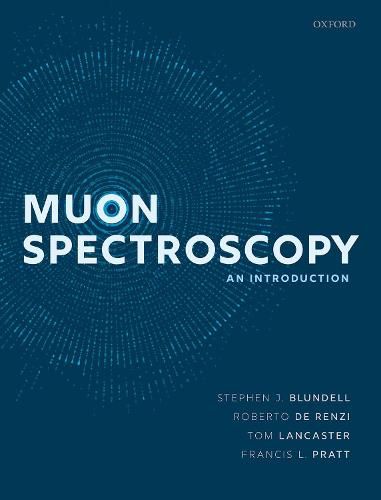Readings Newsletter
Become a Readings Member to make your shopping experience even easier.
Sign in or sign up for free!
You’re not far away from qualifying for FREE standard shipping within Australia
You’ve qualified for FREE standard shipping within Australia
The cart is loading…






Muons, radioactive particles produced in accelerators, have emerged as an important tool to study problems in condensed matter physics and chemistry. Beams of muons with all their spins polarized can be used to investigate a variety of static and dynamic effects and hence to deduce properties concerning magnetism, superconductivity, molecular or chemical dynamics and a large number of other phenomena. The technique was originally the preserve of a few specialists located in particle physics laboratories. Today it is used by scientists from a very wide range of scientific backgrounds and interests. This modern, pedagogic introduction to muon spectroscopy is written with the beginner in the field in mind, but also aims to serve as a reference for more experienced researchers. The key principles are illustrated by numerous practical examples of the application of the technique to different areas of science and there are many worked examples and problems provided to test understanding. The book vividly demonstrates the power of the technique to extract important information in many different scientific contexts, all stemming, ultimately, from the exquisite magnetic sensitivity of the implanted muon spin.
$9.00 standard shipping within Australia
FREE standard shipping within Australia for orders over $100.00
Express & International shipping calculated at checkout
Muons, radioactive particles produced in accelerators, have emerged as an important tool to study problems in condensed matter physics and chemistry. Beams of muons with all their spins polarized can be used to investigate a variety of static and dynamic effects and hence to deduce properties concerning magnetism, superconductivity, molecular or chemical dynamics and a large number of other phenomena. The technique was originally the preserve of a few specialists located in particle physics laboratories. Today it is used by scientists from a very wide range of scientific backgrounds and interests. This modern, pedagogic introduction to muon spectroscopy is written with the beginner in the field in mind, but also aims to serve as a reference for more experienced researchers. The key principles are illustrated by numerous practical examples of the application of the technique to different areas of science and there are many worked examples and problems provided to test understanding. The book vividly demonstrates the power of the technique to extract important information in many different scientific contexts, all stemming, ultimately, from the exquisite magnetic sensitivity of the implanted muon spin.